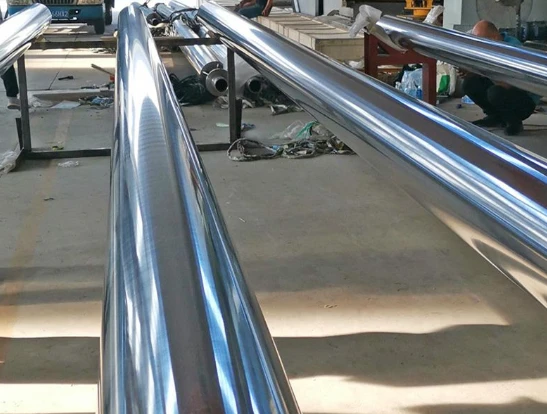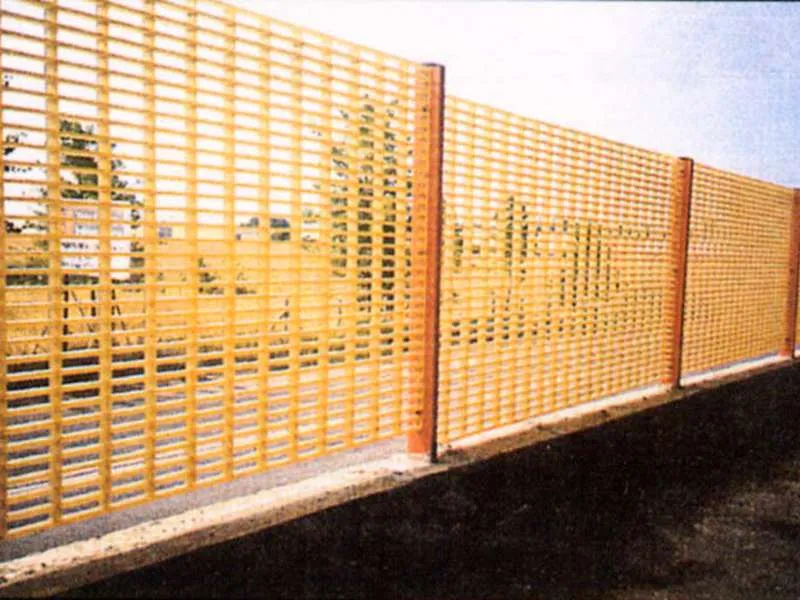
-
 Afrikaans
Afrikaans -
 Albanian
Albanian -
 Amharic
Amharic -
 Arabic
Arabic -
 Armenian
Armenian -
 Azerbaijani
Azerbaijani -
 Basque
Basque -
 Belarusian
Belarusian -
 Bengali
Bengali -
 Bosnian
Bosnian -
 Bulgarian
Bulgarian -
 Catalan
Catalan -
 Cebuano
Cebuano -
 China
China -
 China (Taiwan)
China (Taiwan) -
 Corsican
Corsican -
 Croatian
Croatian -
 Czech
Czech -
 Danish
Danish -
 Dutch
Dutch -
 English
English -
 Esperanto
Esperanto -
 Estonian
Estonian -
 Finnish
Finnish -
 French
French -
 Frisian
Frisian -
 Galician
Galician -
 Georgian
Georgian -
 German
German -
 Greek
Greek -
 Gujarati
Gujarati -
 Haitian Creole
Haitian Creole -
 hausa
hausa -
 hawaiian
hawaiian -
 Hebrew
Hebrew -
 Hindi
Hindi -
 Miao
Miao -
 Hungarian
Hungarian -
 Icelandic
Icelandic -
 igbo
igbo -
 Indonesian
Indonesian -
 irish
irish -
 Italian
Italian -
 Japanese
Japanese -
 Javanese
Javanese -
 Kannada
Kannada -
 kazakh
kazakh -
 Khmer
Khmer -
 Rwandese
Rwandese -
 Korean
Korean -
 Kurdish
Kurdish -
 Kyrgyz
Kyrgyz -
 Lao
Lao -
 Latin
Latin -
 Latvian
Latvian -
 Lithuanian
Lithuanian -
 Luxembourgish
Luxembourgish -
 Macedonian
Macedonian -
 Malgashi
Malgashi -
 Malay
Malay -
 Malayalam
Malayalam -
 Maltese
Maltese -
 Maori
Maori -
 Marathi
Marathi -
 Mongolian
Mongolian -
 Myanmar
Myanmar -
 Nepali
Nepali -
 Norwegian
Norwegian -
 Norwegian
Norwegian -
 Occitan
Occitan -
 Pashto
Pashto -
 Persian
Persian -
 Polish
Polish -
 Portuguese
Portuguese -
 Punjabi
Punjabi -
 Romanian
Romanian -
 Russian
Russian -
 Samoan
Samoan -
 Scottish Gaelic
Scottish Gaelic -
 Serbian
Serbian -
 Sesotho
Sesotho -
 Shona
Shona -
 Sindhi
Sindhi -
 Sinhala
Sinhala -
 Slovak
Slovak -
 Slovenian
Slovenian -
 Somali
Somali -
 Spanish
Spanish -
 Sundanese
Sundanese -
 Swahili
Swahili -
 Swedish
Swedish -
 Tagalog
Tagalog -
 Tajik
Tajik -
 Tamil
Tamil -
 Tatar
Tatar -
 Telugu
Telugu -
 Thai
Thai -
 Turkish
Turkish -
 Turkmen
Turkmen -
 Ukrainian
Ukrainian -
 Urdu
Urdu -
 Uighur
Uighur -
 Uzbek
Uzbek -
 Vietnamese
Vietnamese -
 Welsh
Welsh -
 Bantu
Bantu -
 Yiddish
Yiddish -
 Yoruba
Yoruba -
 Zulu
Zulu
Jan . 20, 2025 02:56
Back to list
fiberglass walkway grating
In the rapidly evolving world of industrial flooring solutions, fiberglass walkway grating has emerged as a product of paramount importance. With technological advancements and increasing emphasis on workplace safety, this versatile material offers a blend of strength, durability, and efficiency that traditional materials struggle to provide. Let's delve into the unique aspects that make fiberglass walkway grating a vital component in modern infrastructure, examining its applications, advantages, and why it stands as a preferred choice for businesses worldwide.
Fiberglass walkway grating also offers unparalleled versatility. Its adaptability to meet specific operational requirements stems from its diverse design options, including different grid patterns and surface textures. Whether it's the slip-resistant textured surfaces or the open mesh designs that allow water and debris to pass through easily, fiberglass gratings can be custom-engineered to address the multifaceted challenges of industrial environments. Perhaps the most compelling argument for the use of fiberglass in walkways is its environmental benefit. As global industries pivot towards sustainable practices, FRP materials represent a greener alternative due to their non-toxic nature and recyclability. By choosing fiberglass walkway grating, companies not only reduce waste and conserve natural resources but also position themselves as forward-thinking and environmentally responsible entities. In addition to material advantages, the strategic implementation of fiberglass grating aligns with industry regulations and standards, ensuring compliance with safety protocols. This congruence with regulatory frameworks enhances a company’s reputation, underscoring its commitment to safety and quality—key elements that bolster trust and credibility in the market. Ultimately, fiberglass walkway grating stands as a testament to modern engineering, melding robustness with innovative design to solve complex operational challenges. Its ability to offer safety, cost-efficiency, and environmental benefits positions it as an indispensable asset in contemporary industrial settings. For businesses eager to embrace technological advancements and uphold stringent safety standards, fiberglass walkway grating presents not just a choice but a necessary evolution in the pursuit of operational excellence.


Fiberglass walkway grating also offers unparalleled versatility. Its adaptability to meet specific operational requirements stems from its diverse design options, including different grid patterns and surface textures. Whether it's the slip-resistant textured surfaces or the open mesh designs that allow water and debris to pass through easily, fiberglass gratings can be custom-engineered to address the multifaceted challenges of industrial environments. Perhaps the most compelling argument for the use of fiberglass in walkways is its environmental benefit. As global industries pivot towards sustainable practices, FRP materials represent a greener alternative due to their non-toxic nature and recyclability. By choosing fiberglass walkway grating, companies not only reduce waste and conserve natural resources but also position themselves as forward-thinking and environmentally responsible entities. In addition to material advantages, the strategic implementation of fiberglass grating aligns with industry regulations and standards, ensuring compliance with safety protocols. This congruence with regulatory frameworks enhances a company’s reputation, underscoring its commitment to safety and quality—key elements that bolster trust and credibility in the market. Ultimately, fiberglass walkway grating stands as a testament to modern engineering, melding robustness with innovative design to solve complex operational challenges. Its ability to offer safety, cost-efficiency, and environmental benefits positions it as an indispensable asset in contemporary industrial settings. For businesses eager to embrace technological advancements and uphold stringent safety standards, fiberglass walkway grating presents not just a choice but a necessary evolution in the pursuit of operational excellence.
Related Products
Latest news
-
Exploring the Benefits of Top Hammer Drifter Rods for Enhanced Drilling PerformanceNewsJun.10,2025
-
High-Precision Fiberglass Winding Machine for GRP/FRP Pipe Production – Reliable & Efficient SolutionsNewsJun.10,2025
-
FRP Pipes & Fittings for Shipbuilding - Corrosion-Resistant & LightweightNewsJun.09,2025
-
Premium FRP Flooring Solutions Durable & Slip-ResistantNewsJun.09,2025
-
Premium Fiberglass Rectangular Tanks Durable & Lightweight SolutionNewsJun.09,2025
-
Tapered Drill String Design Guide Durable Performance & UsesNewsJun.09,2025









